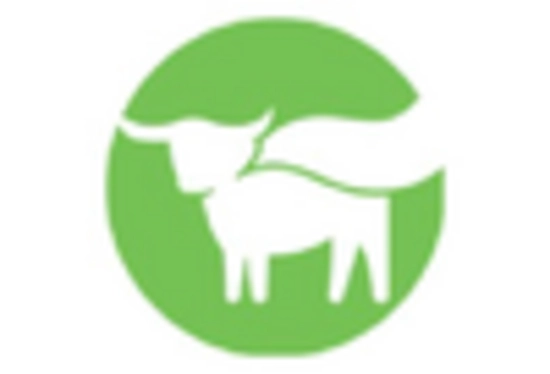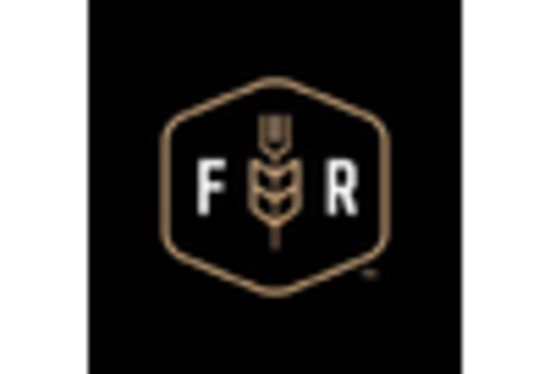Market Share
Meat Substitutes Market Share Analysis
The market for meat substitutes is growing quickly, and businesses are handling it by putting their market shares in a smart way. Companies are always coming up with new goods and ways to stand out in order to make meat substitutes that taste, feel, and are as healthy as meat. Some companies may offer soy, pea, and mycoprotein to meet the needs of people with different diets. This way brings in vegetarians, vegans, and other people who want healthier and more eco-friendly choices, which increases the market share.
People in the Meat Substitutes Market are very price aware, so where you put your prices is an important part of your market share plan. Businesses set prices that are fair so that meat goods can be bought by more people. As long as the prices are about the same or not too high, people will switch. Market share can be gained by setting prices that are fair and show how much meat substitutes are worth and how helpful they are.
How well the delivery networks work affects how the Meat Substitutes Market share ranks. Businesses work with stores like grocery stores, health food stores, and online sites to get their goods to customers. Companies contact more people and become known in new places when their marketing networks are big and work well. Customers pick based on how handy and easy something is to get to. A good marketing plan can help you get a bigger part of the market.
In a market where people care about health and the environment, you need marketing and branding. Marketers who are good at their job tell customers about the moral, health, and environmental benefits of meat substitutes. Social media, marketers, and long-term relationships can all help a brand's image. Telling true and interesting stories about your brand will make people like it more and buy more of it.
How big is the market for meat substitutes? People want great products that they can use for a long time. Foods that taste like meat, come from sustainable sources, and are of good quality are liked by many people. People believe businesses that use items that are found in a good way, packaging that is good for the environment, and plans that are easy to understand when it comes to the environment. When people think well of a product's quality and durability, it gains market share and power over time.
To sum up, to get a big piece of the Meat Substitutes Market, you need to make new goods, price them competitively, get them to the right places, and sell them well. Those that sell these parts might be able to stand out in the market and get a lot of careful buyers. Business must adapt to new customer ideas in order to get and keep market share. Meat Substitutes Market companies that do well offer tasty meat substitutes that are good for you, the earth, and your taste buds.

















Leave a Comment